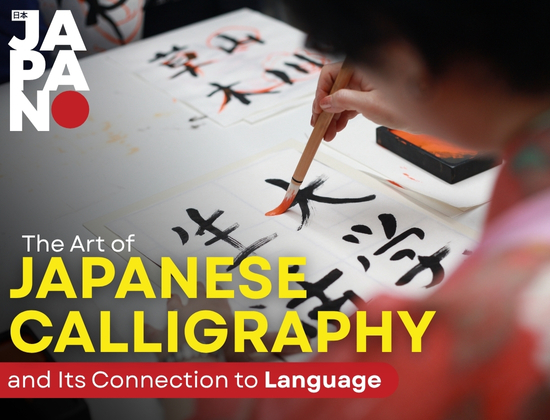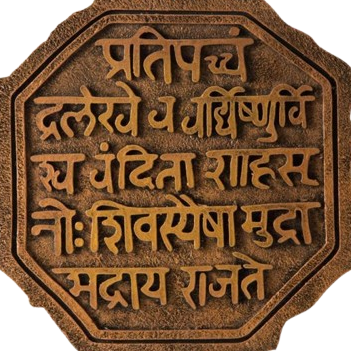
The Art of Japanese Calligraphy and Its Connection to Language
.
When most people think about learning Japanese, they picture memorizing vocabulary, practicing grammar, or maybe watching anime with subtitles. But did you know that one of the most beautiful ways to connect with the Japanese language is through the ancient art of calligraphy?
At The Language Skool (TLS), we don’t just teach Japanese—we immerse you in its rich culture. And Japanese calligraphy, or shodō (書道), is a stunning example of how language and art come together to tell a story beyond words.
What Is Japanese Calligraphy?
Japanese calligraphy is more than just writing characters with a brush. It’s a disciplined art form that dates back to the 6th century, influenced heavily by Chinese calligraphy. The word shodō literally translates to “the way of writing,” and it emphasizes balance, flow, and harmony in every stroke.
Calligraphy is traditionally done using four main tools, known as the Four Treasures:
-
Fude (brush)
-
Sumi (ink)
-
Suzuri (inkstone)
-
Washi (Japanese paper)
Each character drawn in shodō carries emotion, energy, and meaning. Practitioners train for years to perfect the rhythm, pressure, and movement of each stroke. It's almost like a dance—one where language and art move in sync.
The Language and Culture Connection
So how does Japanese calligraphy help with language learning? At TLS, we find that calligraphy gives learners a visual and emotional understanding of Japanese characters. Here’s how:
1. Deeper Understanding of Kanji
Japanese kanji can be intimidating. They’re complex, numerous, and often require memorization. But when you practice writing kanji through calligraphy, you begin to understand the logic of stroke order and the structure of each character. It becomes less about rote memory and more about artistic expression.
2. Muscle Memory and Mindfulness
Practicing shodō helps develop muscle memory, which improves handwriting and reinforces vocabulary. It also cultivates patience and mindfulness, allowing learners to slow down and connect with each word on a deeper level.
At TLS, we incorporate cultural activities like calligraphy workshops into our Japanese language programs to help students engage all their senses while learning.
3. Boosts Appreciation for Japanese Aesthetics
Japanese culture values simplicity, elegance, and intention—all of which are beautifully expressed in calligraphy. Through this art, students don’t just learn how to write; they learn why writing is done a certain way in Japanese society.
Final Thoughts
The art of Japanese calligraphy is more than an aesthetic hobby—it’s a gateway into the language, culture, and philosophy of Japan. By learning the flow of each brushstroke, you gain insights into the essence of Japanese communication.
At The Language Skool (TLS), we believe that the best language learners are also cultural explorers. So why not pick up a brush and let your kanji dance across the page?
Let language learning be more than just words—make it an art.












